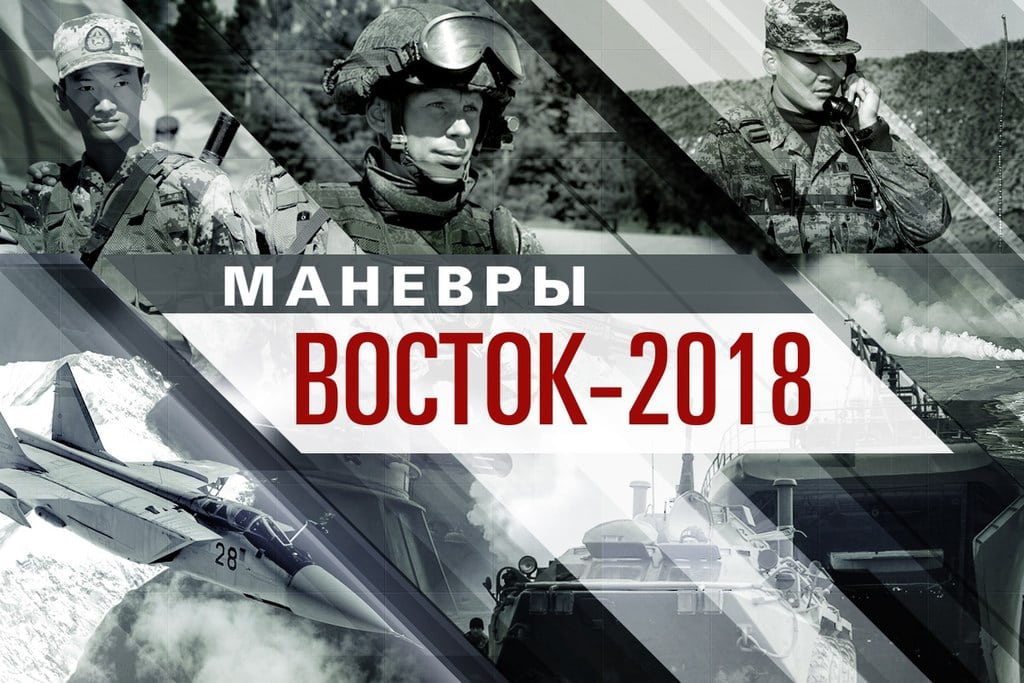 Courtesy: Mil.ru
Courtesy: Mil.ru
Vostok 2018: Russian Theatrics at their Finest
From September 11-17, Russia conducted a set of annual military exercises in the Far East on a massive scale. 30,000 Russian troops, 1,000 aircraft, and 36,000 armored vehicles were reported to be on the ground in Eastern Siberia. However, Russia’s exercises are less about actual practicality and the capability of its military equipment, and more about showmanship, display of strength, and power projection. Numerous news outlets have stated that the last time Russia conducted a military exercise of this height was when it was still part of the Soviet Union during General Secretary Brezhnev’s term in 1981.
An official communication from the Russian Government leaves out the theatrics and states that the maneuvers in Russia’s Eastern Theater of Operations are carried out with the following goals: Firstly, to evaluate the abilities and skills of commanders; secondly, to evaluate the level of troop readiness as land forces and maritime forces intersect in operations; and thirdly, evaluate the management of troops. The official communication reminds the public that the military exercises were carried out in accordance to the provisions in the agreement between Russia, Kazakhstan, Kyrgyzstan, Tajikistan, and China of April 26, 1996. Therefore, Russia portrays these maneuvers in a defensive rather than offensive character. The memo also states that the Defense Ministry of the Russian Federation has invited “in good will” the NATO Mission in Russia, officials of the European Union in Russia, and military attachés of all countries to the “Tsugol” phase of Russia’s military exercises. But what is “Tsugol” and what is it composed of?
Tsugol is one of six combined-arms training grounds used for this year’s Vostok exercise. It is also the only segment in which Chinese troops joined Russian troops for side by side operations, and the only segment to which NATO, EU, and other foreign officials were invited. The invitation appears to be a deliberate choice by Moscow and Beijing to showcase their partnership. Further adding to the spectacle, Mongolian troops also participated in Vostok 2018, and President Vladimir Putin took the time to visit the joint military exercises.
Combine the calculated invitations with the photo sessions of President Putin and Defense Minister Sergey Shoigu standing at the command center and watching the exercises with Chinese counterparts, and we have ourselves a theatrical display. During Vostok 2018, Moscow and Beijing publicly demonstrated unity and high prospects for Sino-Russian strategic cooperation. It appears as though Russia and China had set aside their quarrels for influence in Central Asia to send a message to the United States and Europe.
As Russia finds itself in quarrel with the West, it grows closer to China and other eastern partners. Moscow also signaled how it aspires to develop a military capable of executing military operations on two fronts. Consequently, Russia revives superpower aspirations in a moment of unpopular domestic reform, quarrel with the West, and Sino-American relationship turmoil. By participating in Vostok 2018, China also proves itself a reliable ally to Russia and takes lessons in power projection from Moscow.
Highlighting its nascent power projection capabilities, China sent 3,200 troops and more than 900 pieces of weaponry, plus 30 aircraft vehicles to Vostok 2018. But these actions are not completely out of the ordinary, as China and Russia have been known to hold joint exercises in recent years. In 2015, they held “naval and amphibious assault exercises in the Sea of Japan and a smaller naval drill in the Sea of Japan.” In 2016, the pair held a drill in the South China Sea, and in 2017, they launched a naval drill in the Baltic Sea; signifying that Sino-Russian cooperation remains a policy goal of the two countries.
In conclusion, Vostok 2018 symbolizes a strengthening of Russia and China’s strategic partnership that is constantly evolving rather than a set military alliance. The proposition of the term partnership is further underlined by the uninvited presence of a Chinese spy ship during naval operations. Russia and China continue to publicly develop ties the more isolated Moscow becomes from the West and the more U.S. foreign policy overtly challenges China in the economic sphere. Overall, Vostok 2018 is a culmination of Sino-Russian military cooperation, but rather a new beginning to and a hint that such public displays are likely to become bigger and bolder.





